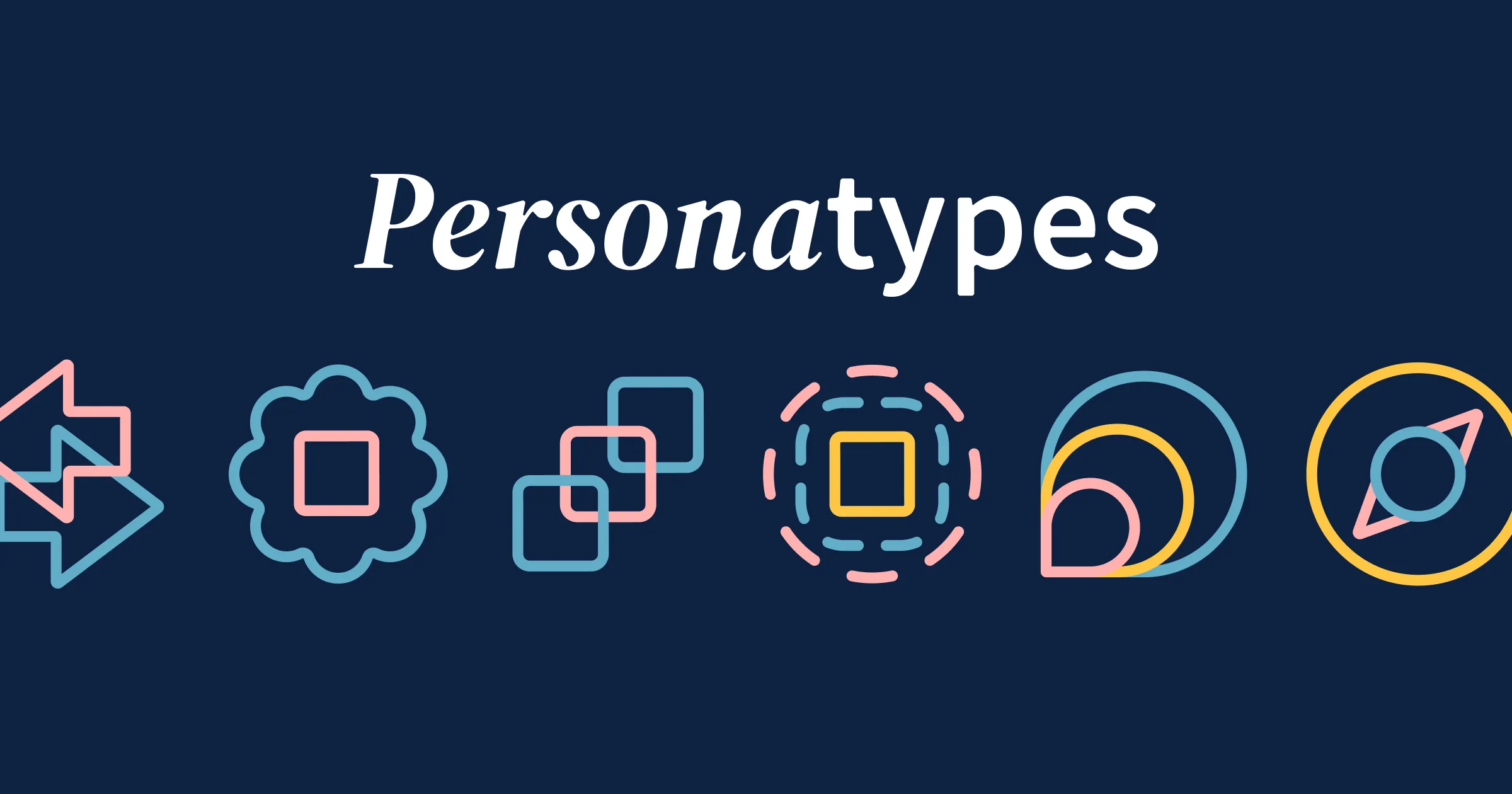After attending another engaging year at the CSUN Assistive Technology Conference in Anaheim, California, I noticed a recurring challenge: many well-intentioned researchers and designers were unsure of how to respectfully recruit blind and low vision participants for UX research. From awkward, impromptu approaches to inaccessible scheduling, there’s a clear need for better practices in this space.
Conducting research with visually disabled participants requires thoughtful planning, accessibility considerations, and ethical recruitment strategies. Here are some key best practices to ensure an inclusive and effective experience for everyone involved.
Best Practices for Recruiting Blind and Low Vision Participants
1. Plan and Communicate Your Research Intent in Advance
Recruiting participants ahead of time allows for a smoother experience for both parties. Whether it’s a usability study or a quick feedback session, clearly define your research objectives and communicate why you’re interested in gathering input at the event. Use accessible channels like social media, Slack groups, or organizational partnerships to find participants.
2. Use an Accessible Scheduling Mechanism
If you’re asking people to sign up for a research session, make sure the scheduling tool works with screen readers and other assistive technologies. Test it with at least one or two screen readers to confirm accessibility before sharing.
3. Offer Compensation for Time and Feedback
Just as you would in any other research study, compensate participants fairly for their time. While some people may be happy to offer feedback for free, equitable research means valuing everyone’s contributions. Clearly outline compensation details upfront.
If your research is for learning and you’re a student or don’t have the budget to offer participants compensation, consider sharing access to the results of your work with participants.
4. Consider Participants’ Access Needs
People have different access requirements, and intersecting disabilities may impact how they participate. Ask participants how they prefer to engage by considering factors like noise levels, environment, assistive technology, hardware needs, and personal preferences. If you can’t accommodate every possible scenario, be transparent about what will be available so participants can self-select accordingly.
Things to Avoid
1. Physically Blocking or Interrupting People’s Navigation
It may seem obvious, but stopping someone mid-walk to ask them to participate in a study can be disruptive and even disorienting. Instead, use planned recruitment methods and let people opt in at their convenience.
2. Assuming That People Should Give Time for Free
Avoid asking for “just 15 minutes” without compensation. Even brief feedback takes effort and assuming free labor, especially at an event where attendees have their own schedules and commitments, is not a respectful or equitable practice.
Conclusion
At the heart of inclusive research is the shared goal of making our world, products, and experiences more accessible for everyone. Thoughtful recruitment practices don’t just lead to better research, they build trust, foster collaboration, and ensure that diverse perspectives are heard and valued.
This is by no means an exhaustive list, but I hope it serves as a helpful starting point for researchers looking to engage blind and low vision participants in a way that is respectful, effective, and inclusive. With careful planning and a commitment to accessibility, we can all contribute to a more inclusive future.
Inclusion is a journey, and no one has to do it alone.
Mantis & Co. partners with teams at every stage of their accessibility journey. If something in this post sparked an idea or a question, let’s connect. Email hello@mantisandco.com to get started!



